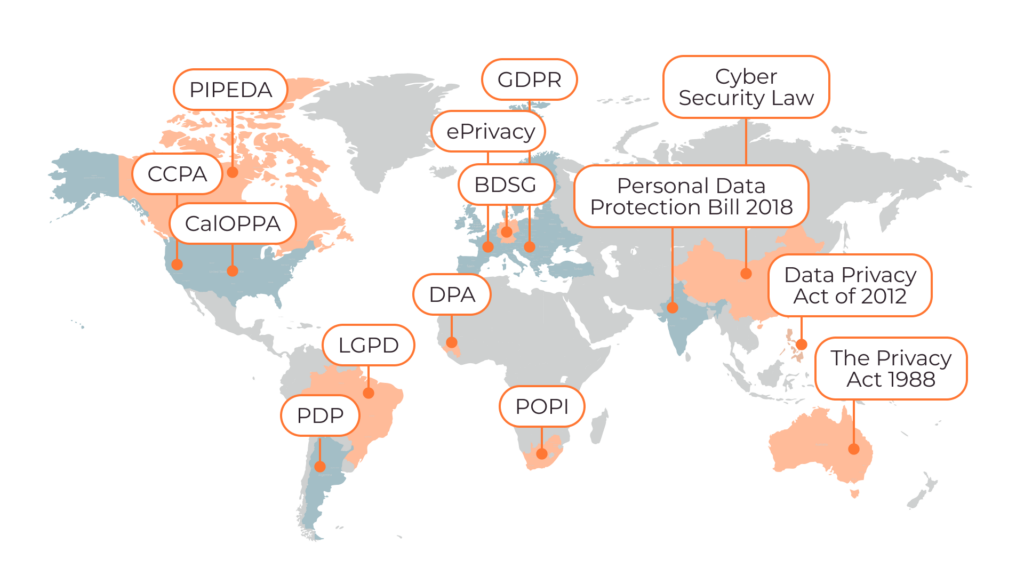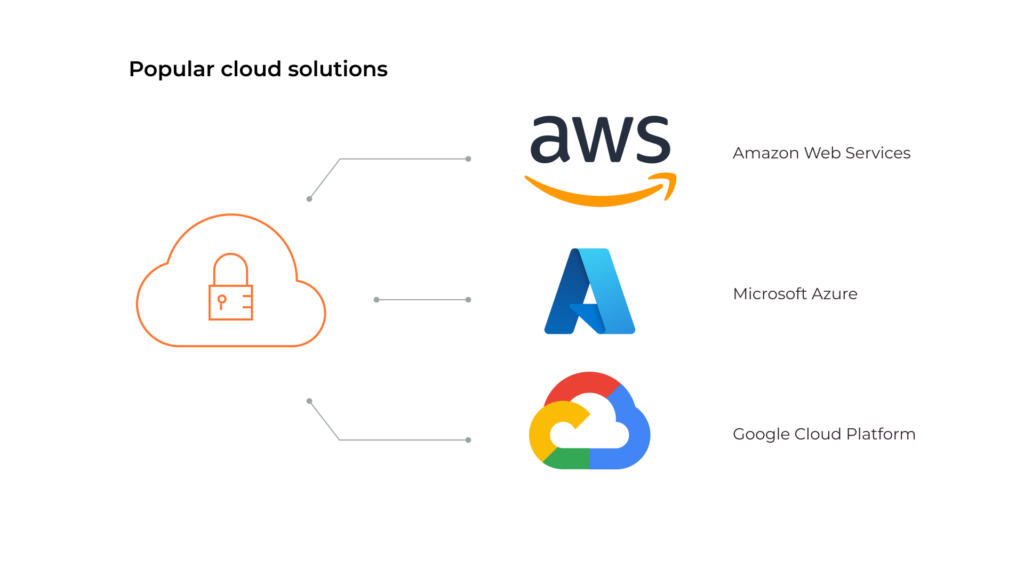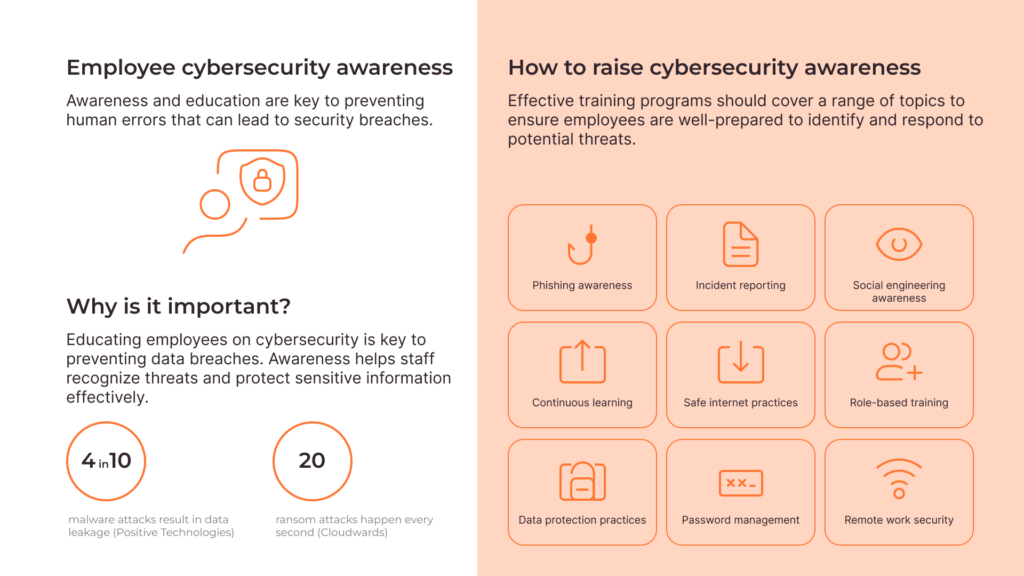 Back to all articles
Back to all articles Digital transformation represents a significant shift in the way an IT company operates, affecting everything from operations to customer engagement. As organizations increasingly rely on digital technologies, the risk of cyber threats and data breaches grows.
That’s why ensuring the protection of digital assets and maintaining data integrity is critical to the success of any digital transformation initiative.
Let’s talk about nine essential measures that you can implement to enhance your company’s cybersecurity posture, mitigate risks, and secure valuable information against potential threats.
A comprehensive cybersecurity framework is essential for protecting digital assets. This involves:

For the organizations operating within the healthcare industry in the United States, compliance with HIPAA is essential. HIPAA focuses on the protection and confidential handling of protected health information (PHI). It establishes national standards to ensure that individuals’ medical records and other personal health information are properly protected while allowing the flow of health information needed to provide high-quality health care. HIPAA mandates several key practices to safeguard data integrity and privacy.
GDPR is a regulation in EU law on data protection and privacy for all individuals within the European Union and the European Economic Area. It also addresses the transfer of personal data outside the EU and EEA areas. GDPR aims to give control to individuals over their personal data and to simplify the regulatory environment for international business by unifying the regulation within the EU.
ISO/IEC 27001 is an international standard for managing information security. It provides a framework for establishing, implementing, maintaining, and continually improving an Information Security Management System (ISMS). This standard is essential for any organization that wants to systematically manage sensitive company information to remain secure. The standard includes requirements for the assessment and treatment of information security risks tailored to the needs of the organization.
The National Institute of Standards and Technology (NIST) Cybersecurity Framework provides a comprehensive policy framework for managing cybersecurity risks. It is organized into five key functions: Identify, Protect, Detect, Respond, and Recover. This framework helps organizations understand and improve their management of cybersecurity risk.
As organizations migrate to the cloud, securing cloud environments is critical:

VPNs (Virtual Private Networks) are essential for securing remote connections:
VPNs encrypt data transmissions between remote locations and the central servers, protecting against unauthorized access and ensuring that sensitive health information remains confidential. This is particularly important for healthcare providers offering telehealth services or accessing patient records from remote locations.
Virtual Private Network (VPN) software plays a critical role in maintaining GDPR compliance by encrypting data transmissions and securing remote access to personal data in the EU. This helps prevent unauthorized access and data breaches, ensuring that personal data remains confidential and protected, especially when accessing data from remote locations. As we can notice, VPN software is quite usable in building a more robust cybersecurity system.
Encryption ensures that even if data is intercepted, it remains unreadable without the appropriate decryption key. Encryption is a fundamental security measure to protect sensitive data:
Implement MFA to add an extra layer of security beyond just passwords. MFA requires users to provide multiple forms of verification to gain access to systems, reducing the risk of unauthorized access.
Conduct regular security audits to identify and address vulnerabilities. Audits help ensure that security measures are up-to-date and effective against evolving threats. Maybe using Setronica external code review can come handy in checking the quality of your software solution. Keeping software up to date is crucial to prevent cyberattacks:

Train employees on cybersecurity best practices, such as recognizing phishing attempts, using strong passwords, and securely handling sensitive data. Awareness and education are key to preventing human errors that can lead to security breaches. Human error is a significant factor in security breaches. Training employees can mitigate these risks:
Use advanced tools and technologies to detect and respond to threats:
Having a well-defined incident response plan is essential for mitigating the impact of security breaches:
Cybersecurity is a cornerstone of any successful digital transformation. By implementing these nine key measures, organizations can protect their digital assets, ensure data integrity, and build a secure foundation for digital growth. Setronica has over 25 years of experience of running business both in the USA and EU. Working under certain regulations and under different law systems, always call for help from legal advisors. Having a lawyer is a must-have in situations where you run a business across different, other than your, countries.
Embracing cybersecurity enhances trust and confidence among participants, and it drives the success of any digital transformation. Cybersecurity hides a lot of its complexity, I hope I revealed some of them. Please, feel free to contact me if you have any further questions via the form below.
Encryption is critical for securing sensitive data both at rest and in transit. It prevents unauthorized access by converting data into a coded format that can only be deciphered with the correct encryption key, ensuring that even if data is intercepted, it remains unreadable.
Employee training is essential because human error is a common cause of security breaches. Regular training programs educate employees about the latest cybersecurity threats and best practices, enabling them to recognize and respond to potential security incidents, such as phishing attacks, more effectively.